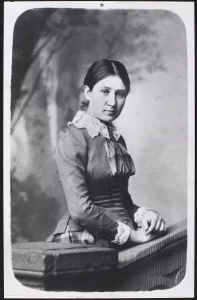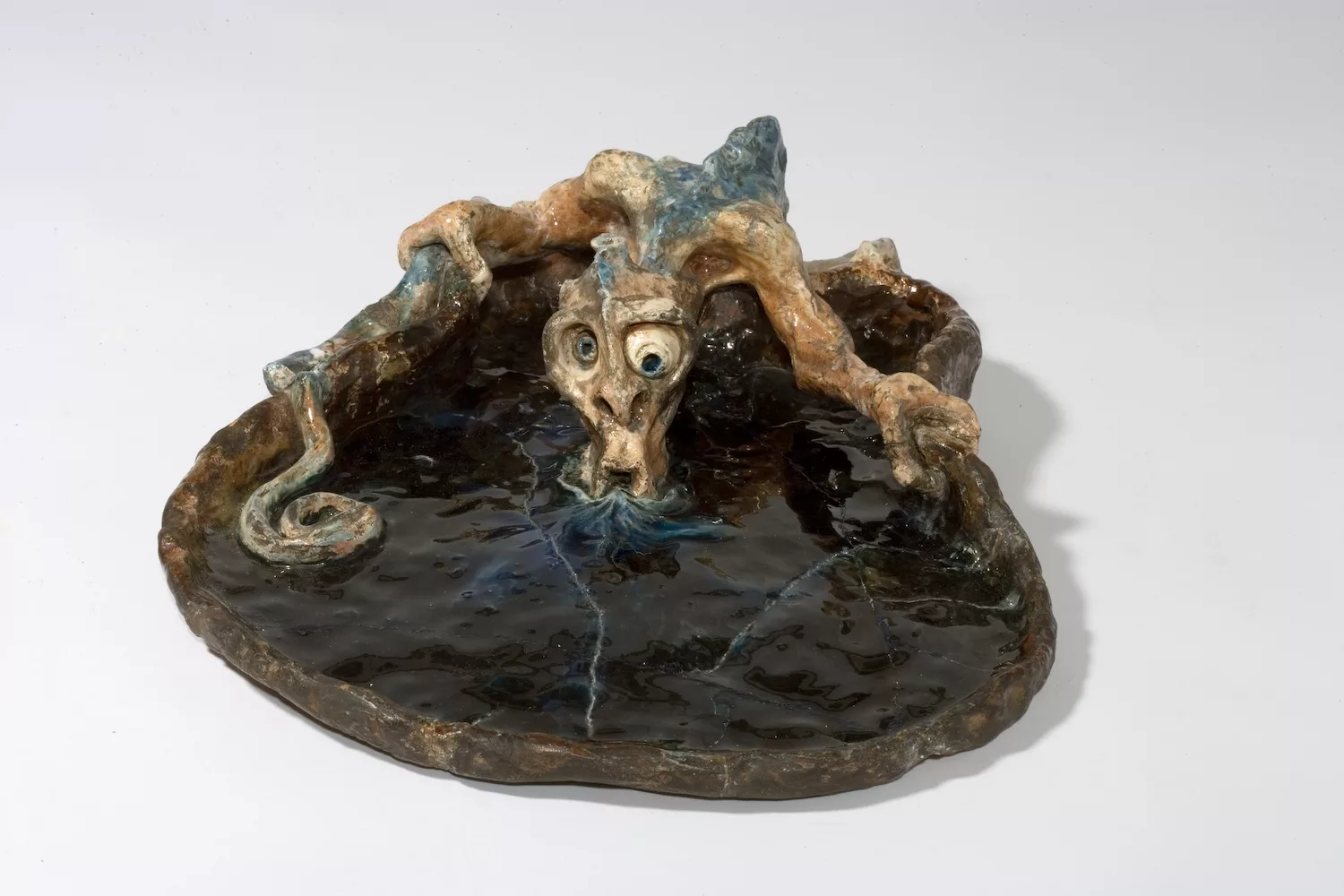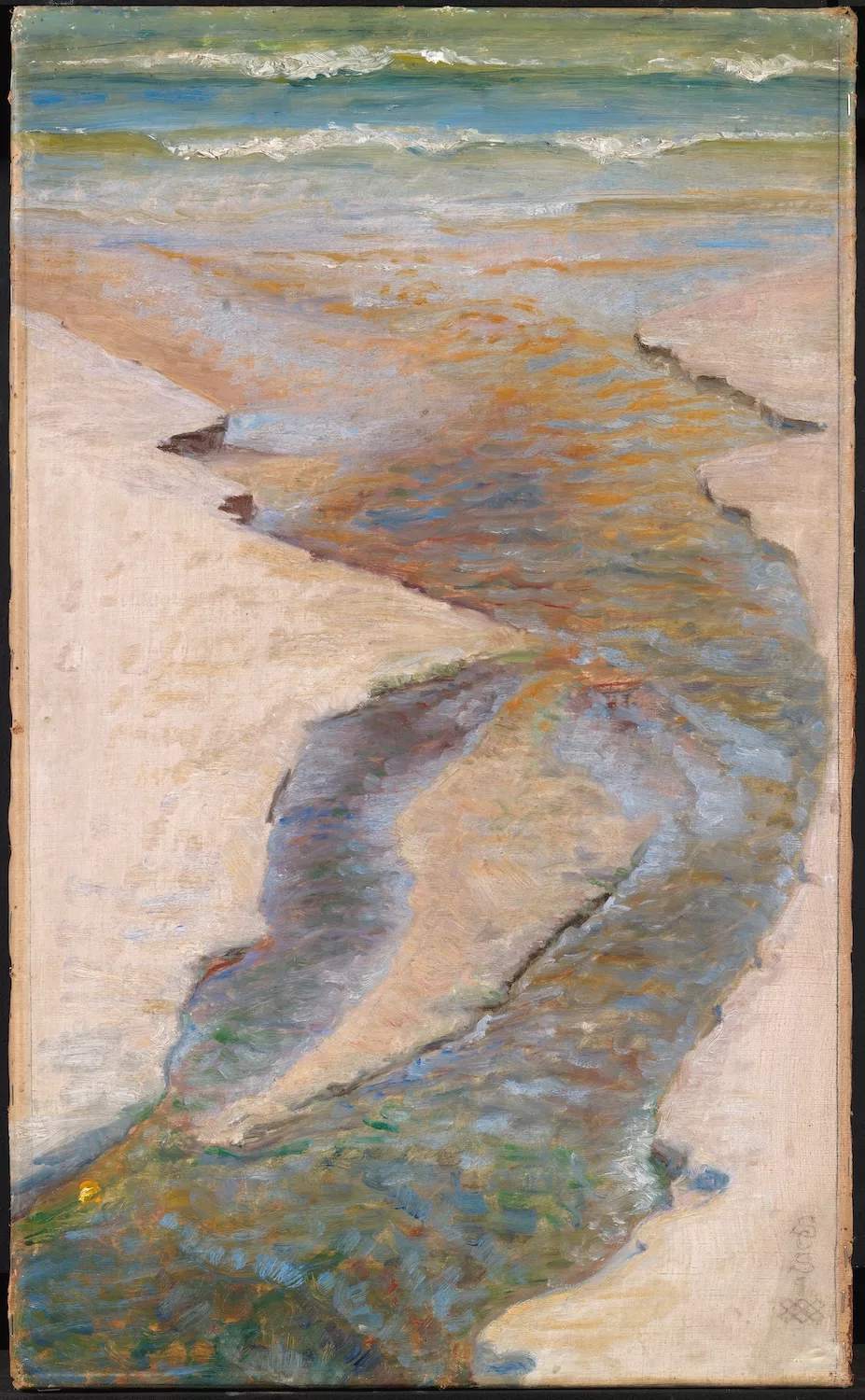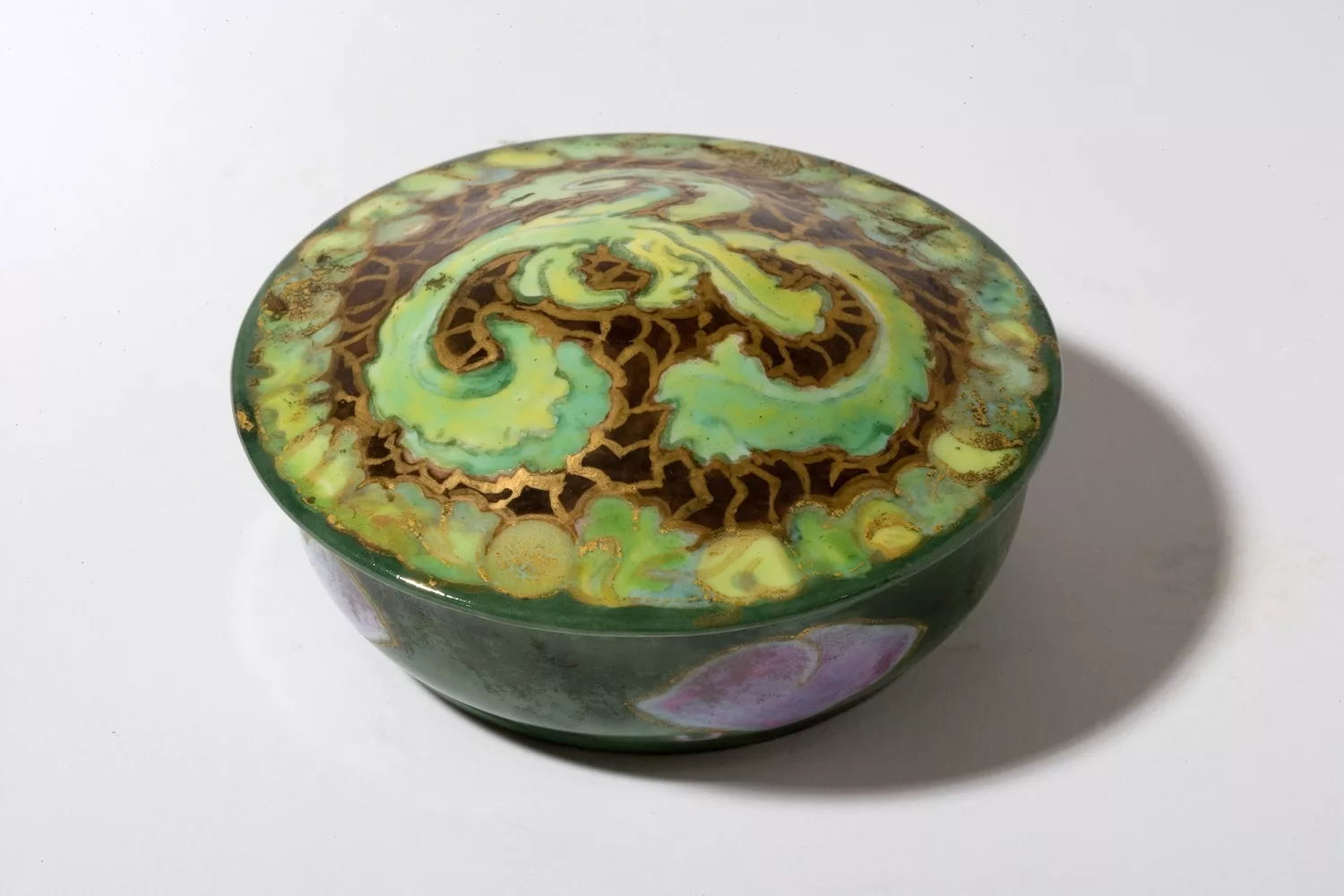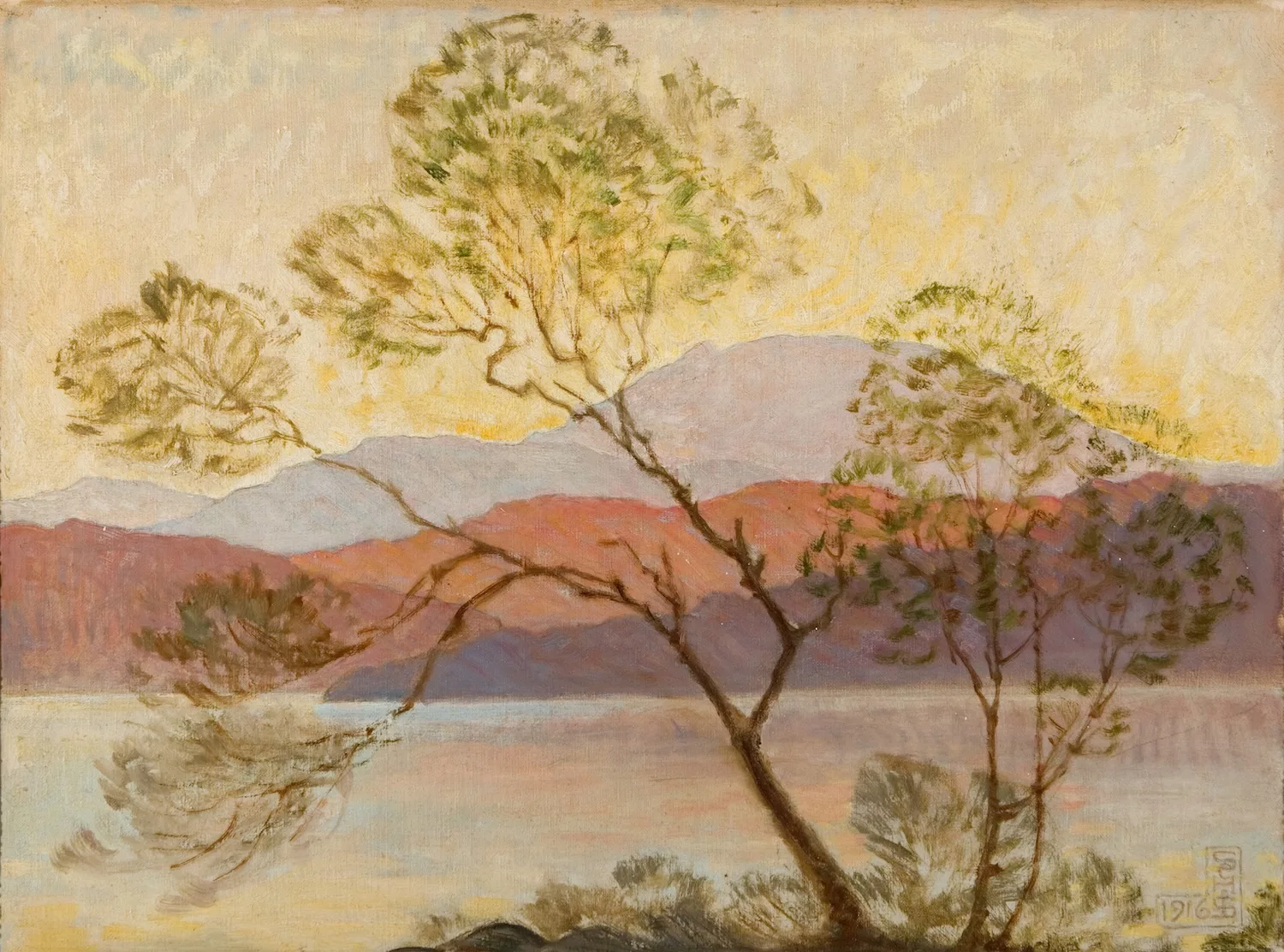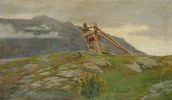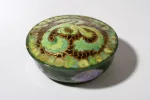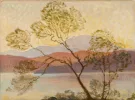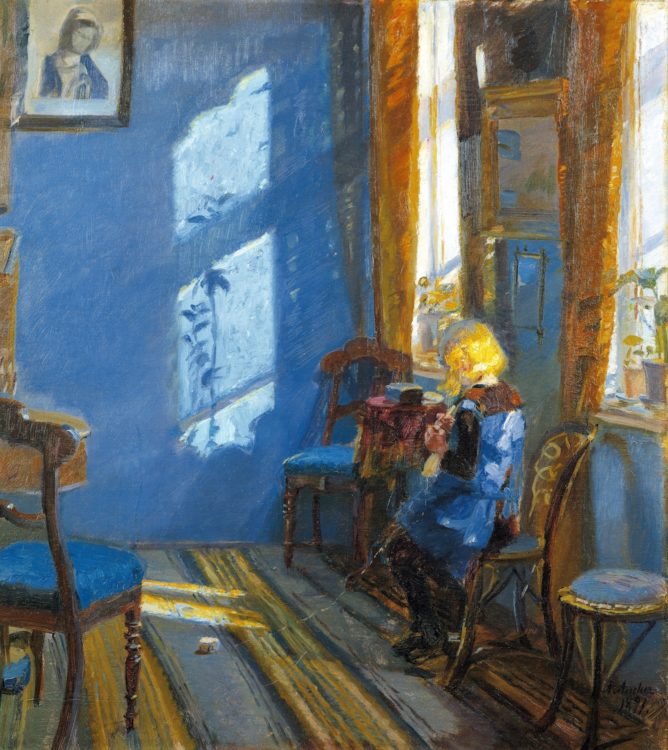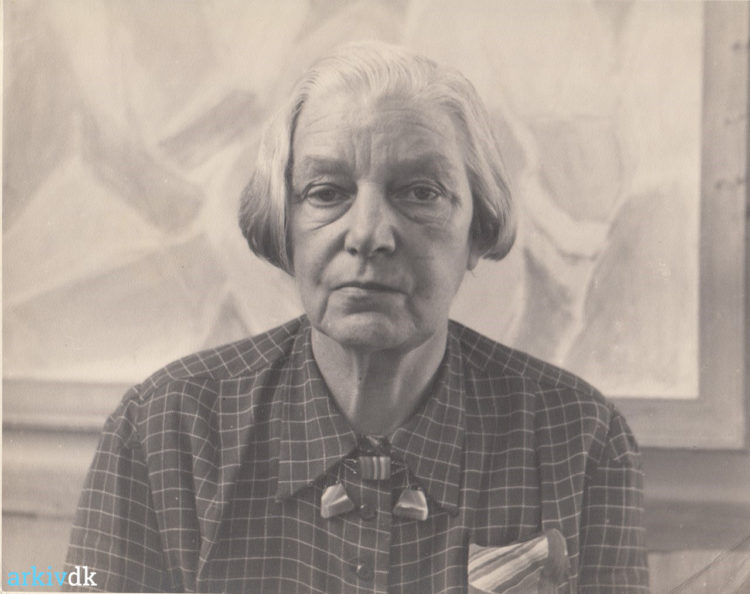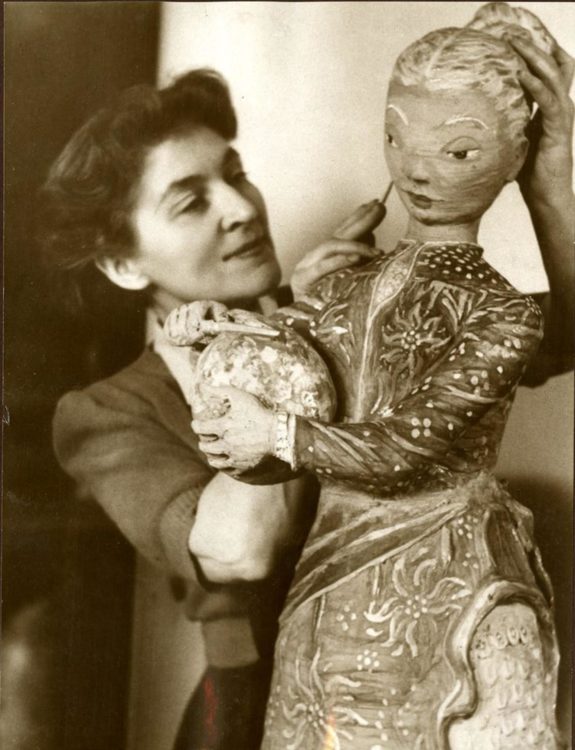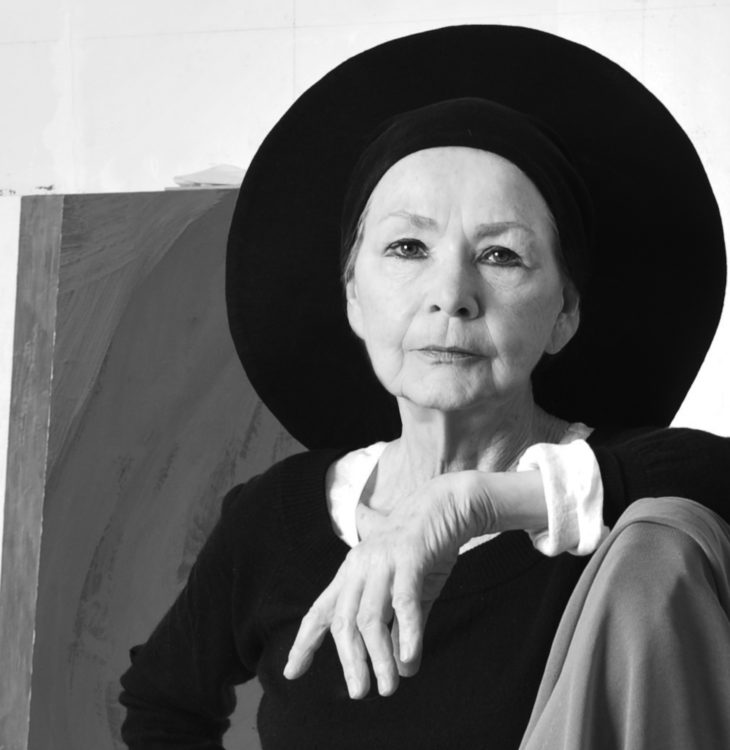Susette Holten
Bech, Inge Lise Mogensen and Rønberg, Lene Bøgh (eds.), Women Artists in Denmark, 1880-1910, exh. cat., The Hirschsprung Collection, Copenhagen [August 28, 2024 – January 12, 2025], Aarhus, Yale University Press and Aarhus Universitetsforlag, 2025
→Boe Bierlich, Emilie and al., Against All Odds – Historical Women and New Algorithms, exh. cat., SMK – National Gallery of Denmark, Copenhagen [August 31– December 8, 2024], Copenhagen, SMK Forlag, 2024
→Villumsen, Anne-Mette and Nielsen, Teresa (eds.), Susette Holten født Skovgaard. Den glemte søster, exh. cat., Skovgaard Museum, Viborg [January 25– May 20, 2013], Viborg and Vejen, Vejen Kunstmuseum, 2013
Women visualising the modern. Danish art 1880-1910, The Hirschsprung Collection, Copenhagen, August 28, 2024 – January 12, 2025
→Against All Odds – Historical Women and New Algorithms, SMK – National Gallery of Denmark, Copenhagen, August 31– December 8, 2024
→Den glemte søster, Skovgaard Museum, Viborg, January 25– May 20, 2013
Danish painter.
Susette Holten (née Skovgaard) grew up in an artistic household, with her father being Danish painter Peter Christian Skovgaard (1817–1875). Both S. Holten’s brothers, Joakim Skovgaard (1856–1933) and Niels Skovgaard (1858–1938), were also trained as painters. She received drawing lessons in her childhood home from Danish painters Laurits Tuxen (1853–1927), Carl Thomsen (1847–1912) and Frans Schwartz (1850–1917). She travelled her first study trip in 1880–81 with Danish painter Emmy Læssøe (1863–1947), journeying through Germany and Switzerland to Italy and then France. Upon returning to Denmark, S. Holten rented a studio in the villa of Danish painter Constantin Hansen (1804–1880), where she again trained under C. Thomsen, L. Tuxen and F. Schwartz. However, letters to her peers reveal that she was not fond of her teachers at this stage.
In 1884–85, S. Holten began experimenting with ceramics at Johan Wallmann’s (1831-1923) pottery in Utterslev, Denmark. There she made the figure Trolden, der suger søen ud [The Troll Sucking the Lake Dry, 1888], which caught the attention of Danish art historians, including Karl Madsen, later the director at SMK – National Gallery of Denmark. In 1885, she debuted at the Spring Exhibition at Charlottenborg with a pastel of a young girl, which became her breakthrough as a visual artist on the Danish art scene. In 1886, S. Holten travelled to Egypt, and the following year Germany and Switzerland. In 1887, she joined Dekorationsforeningen [The Decoration Association], which in 1888 participated in Den nordiske Industri-, Landbrugs- og Kunstudstilling [Nordic exhibition of Industry, Agriculture and Art] marking S. Holten’s breakthrough as a ceramicist and designer.
In her works, S. Holten drew inspiration from Greek classics and ancient Japanese ornaments. As S. Holten could not receive an institutional art education, she joined the fight for women’s right to enter the art academy. In 1888 she signed a request that led to the establishment of Kunstskolen for Kvinder [The Women’s Art School]. From 1889 onwards, she spent summers in Hardanger, Norway, at the home of Norwegian writer Ingeborg von der Lippe Konow (1860–1929), which influenced S. Holten’s motifs, such as in Et norsk bjerglandskab [A Norwegian Mountain Landscape, 1898]. In the next year, they travelled together through Germany and the Netherlands to Paris to see the Exposition Universelle.
In 1891 S. Holten took part in the exhibition organised by the secession art movement Den Frie Udstilling [The Free Exhibition]. In 1892 she joined the committee that made decisions about the women artists’ arts and crafts contributions at the World’s Columbian Exposition in 1893. In 1895 she took part in the Kvindernes Udstilling fra Fortid og Nutid[Women’s Exhibition from Past to Present], inspired by the world expo, exhibiting decorated furniture. In 1906 S. Holten and her family travelled to the United States with her son and husband, the wine wholesaler Hans Nicolai Holten (1871–1937), whom she married in 1894. She returned to Denmark with her son Aage in 1910 due to financial issues, working at the Royal Porcelain factory painting underglaze, and 1916–1918 at Bing & Grøndahl, crafting vases.
S. Holten died in 1937, and a memorial exhibition was held at Den Frie Udstilling. Since then, only one solo exhibition has been dedicated to her: Susette Holten born Skovgaard. The Forgotten Sister at Skovgaard Museum in Viborg, in 2013.
Published in partnership with SMK – National Gallery of Denmark, as part of the exhibition Against All Odds: Historical Women and New Algorithms
© Archives of Women Artists, Research and Exhibitions, 2025


